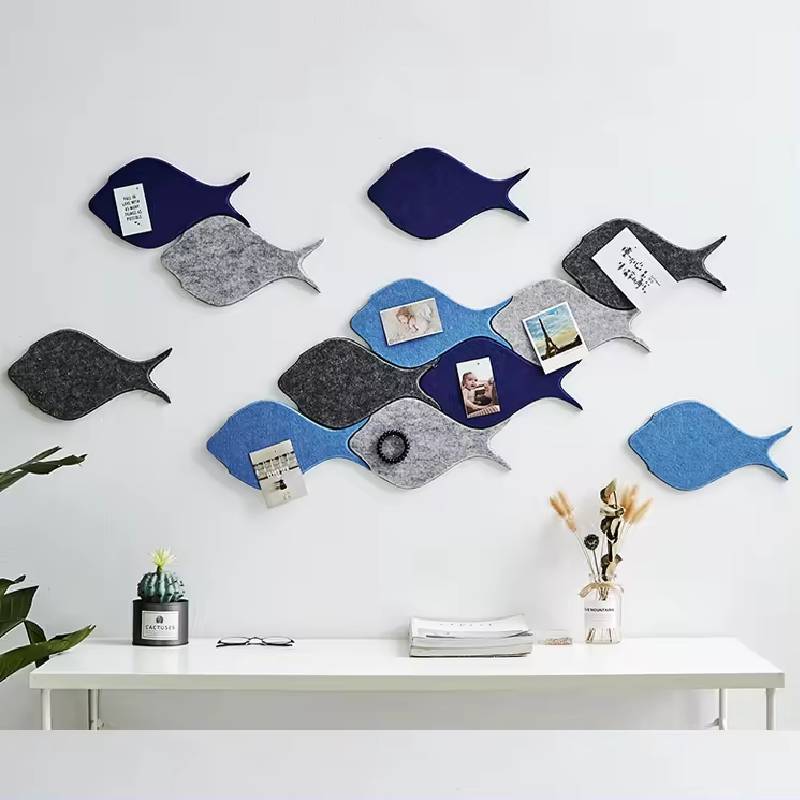- Understanding the Basics: Modern Solutions for Interior Walls
- The Unbeatable Advantages of Going Lightweight
- Material Innovation: What Makes These Panels So Special?
- Market Leaders: A Comparative Analysis
- Custom Solutions: Tailoring to Every Design Need
- Real World Applications: Where Lightweight Panels Shine
- Making the Right Choice: Why Lightweight is the Future

(lightweight interior wall panels)
Revolutionizing Spaces: The Power of Lightweight Interior Wall Panels
Contemporary architectural priorities demand solutions that balance structural efficiency with aesthetic flexibility. Lightweight interior wall panels have emerged as fundamental components in modern construction and renovation projects. Unlike traditional drywall or masonry, these innovative systems typically weigh 35-60% less while maintaining structural integrity. The global market for lightweight wall solutions is projected to reach $32.7 billion by 2027, growing at 5.8% annually according to Grand View Research. This surge is driven by commercial and residential developers seeking time-efficient installations without compromising design potential.
Transformative Benefits for Modern Construction
The fundamental shift toward lightweight systems delivers measurable advantages across project lifecycles. Installation efficiency stands as perhaps the most significant benefit, with specialized panels reducing labor time by up to 70% compared to conventional drywall. This directly translates to cost savings of 15-30% on total wall system expenditures. Beyond economics, these panels exhibit superior thermal performance - many options provide R-values between 3.5 and 6.5 per inch, reducing HVAC loads by approximately 18% annually. Structural advantages include remarkable load-bearing capacities despite reduced mass; premium composite panels withstand compression forces exceeding 800 kPa without deformation.
Engineering Behind Advanced Materials
Core material technology determines performance characteristics across different panel types. Most modern lightweight decorative wall panels utilize composite structures featuring:
Polymer cores: High-density polyethylene (HDPE) or polyurethane foam cores provide cellular structures achieving densities between 25-60 kg/m³ while maintaining compression strength ratings from 180-480 kPa.
Reinforced surfaces: Mineral-infused polymer coatings or glass-fiber reinforced cement overlays create scratch-resistant finishes with impact resistance ratings 3x higher than standard drywall.
Hybrid wood systems: Engineered lightweight wood cladding combines thermally-modified timber veneers (1.5-3mm) with honeycomb paperboard substrates, achieving 85% weight reduction versus solid wood while maintaining Class A fire ratings.
Manufacturer Performance Comparison
| Specification | PanelCore ProSeries | EcoWall LiteSystem | DesignClad Hybrid |
|---|---|---|---|
| Weight (kg/m²) | 4.8 | 6.1 | 7.3 |
| Fire Rating | Class A (ASTM E84) | Class B (UL 94) | Class A (EN 13501-1) |
| Sound Reduction (STC) | 42-45 dB | 38-41 dB | 45-48 dB |
| Thermal Resistance (R-value) | 5.2 per inch | 4.1 per inch | 5.8 per inch |
| Max Panel Size (cm) | 240x120 | 240x60 | 300x150 |
| Warranty Period | 20 years | 15 years | 25 years |
Analysis of leading manufacturers reveals significant variation in performance characteristics. While PanelCore excels in weight reduction and thermal efficiency, DesignClad offers superior acoustic performance and larger format options. EcoWall provides effective mid-range solutions for budget-conscious projects requiring moderate specifications.
Personalization Capabilities
Modern manufacturing enables extensive customization across three primary dimensions. Surface aesthetics can be precisely controlled through digital printing technologies that replicate materials like marble, wood grain, or abstract patterns at resolutions up to 1440 dpi. Form factor customization accommodates unique architectural requirements with curved panels available in radii from 15cm to 3m. Performance characteristics can be engineered for specific environments, such as antimicrobial coatings for healthcare facilities (achieving 99.9% bacterial reduction) or hydrophobic treatments for high-moisture areas. Production lead times for custom lightweight wood cladding orders typically range from 2-4 weeks depending on complexity.
Industry-Specific Implementation
Practical applications demonstrate how diverse sectors leverage lightweight solutions:
Hospitality Sector: Luxury hotel chains increasingly specify lightweight decorative wall panels for room remodels. The W Hotel chain reported 2.3-day average installation per room - 60% faster than traditional methods - enabling phased renovations without full property closures.
Commercial Retrofit: Office tower modernizations benefit significantly from reduced dead loads. The 40-story Tower Financial Center retrofit utilized lightweight wood cladding to add partition walls without structural reinforcement, achieving 30% faster project completion than engineering estimates.
Lightweight Wood Cladding: The Forward-Looking Solution
Architectural priorities continue shifting toward sustainable, efficient construction methodologies that don't sacrifice design integrity. Lightweight interior wall panels represent more than just convenience - they offer practical responses to challenges like labor shortages, rising material costs, and sustainability requirements. Forward-thinking developers now incorporate these systems during initial design phases rather than as afterthoughts. The proven lifetime cost savings averaging 22% over traditional materials provides compelling economic justification alongside environmental benefits like reduced transportation emissions and improved thermal performance. As material science advances, next-generation panels promise even greater strength-to-weight ratios while maintaining fire safety and acoustic excellence.

(lightweight interior wall panels)
FAQS on lightweight interior wall panels
Q: What are the benefits of using lightweight interior wall panels?
A: Lightweight interior wall panels offer easy installation, reduced structural load, and versatile design options. They are ideal for quick renovations and spaces requiring minimal weight.
Q: Can lightweight decorative wall panels be used in moisture-prone areas?
A: Yes, many lightweight decorative wall panels are moisture-resistant, making them suitable for bathrooms and kitchens. Always check the manufacturer’s specifications for water resistance.
Q: How do lightweight wood cladding panels compare to traditional wood?
A: Lightweight wood cladding provides the aesthetic appeal of natural wood but with lower weight and easier handling. It often includes added durability and requires less maintenance.
Q: Are lightweight interior wall panels eco-friendly?
A: Many lightweight panels are made from recycled or sustainable materials, reducing environmental impact. They also contribute to energy efficiency in buildings due to insulation properties.
Q: What installation methods are used for lightweight decorative wall panels?
A: Most lightweight decorative panels use adhesive, clips, or interlocking systems for quick installation. Professional tools are rarely needed, saving time and labor costs.
-
Waterproof Dog Blankets for Indoor and Outdoor UseNewsAug.01,2025
-
Sustainable Wool Cat Beds Eco-Friendly Choices for Pet OwnersNewsAug.01,2025
-
Snuffle Ball Benefits for Dogs Mental Stimulation and ExerciseNewsAug.01,2025
-
Puppy Treat Puzzles as Social Tools Fostering Bonding Through PlayNewsAug.01,2025
-
Custom Wooden Pet Houses Tailored to Your Pet’s PersonalityNewsAug.01,2025
-
Corrosion Resistance in Environments: A Guide for Washer Hose ClampsNewsAug.01,2025
